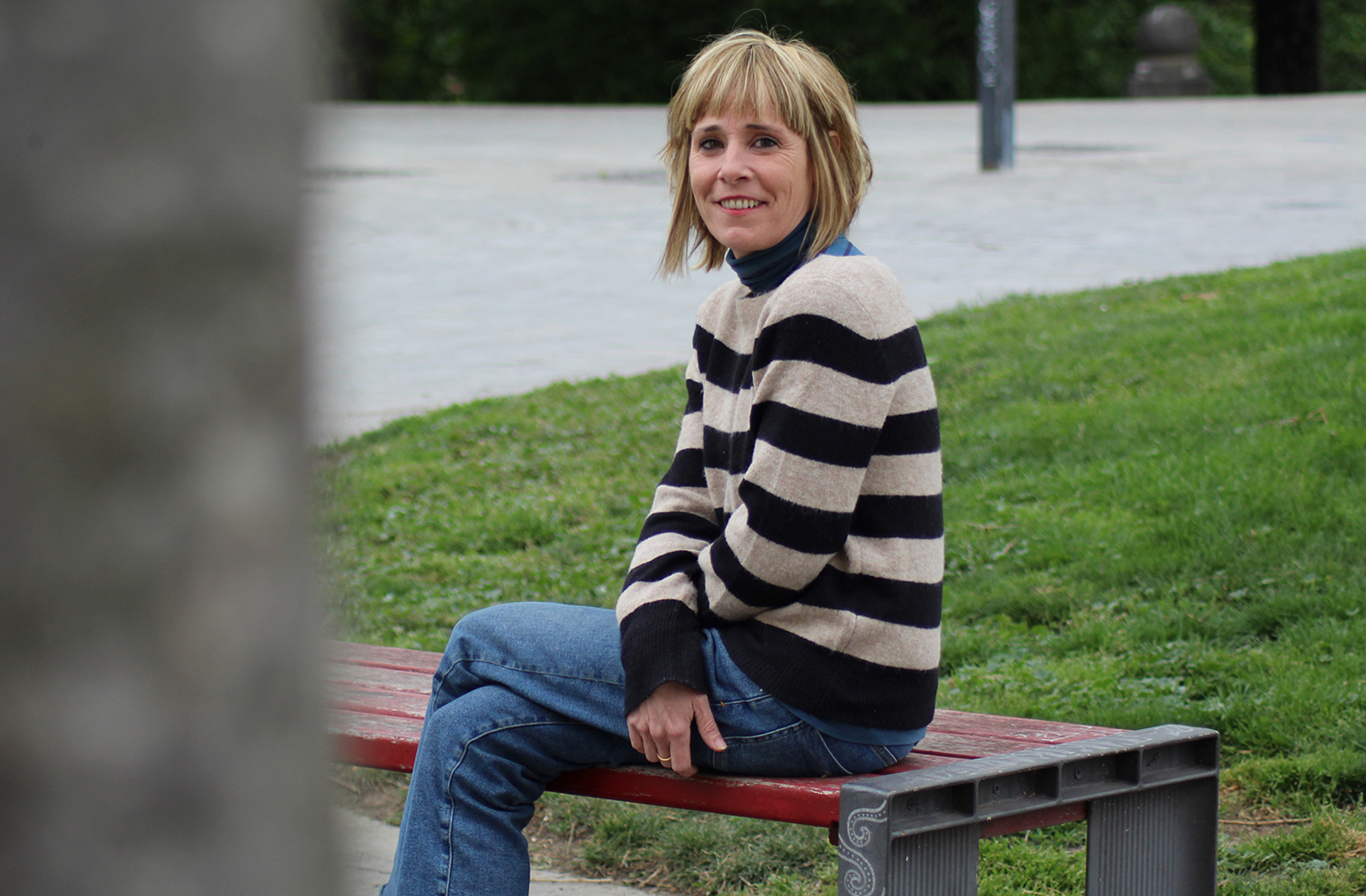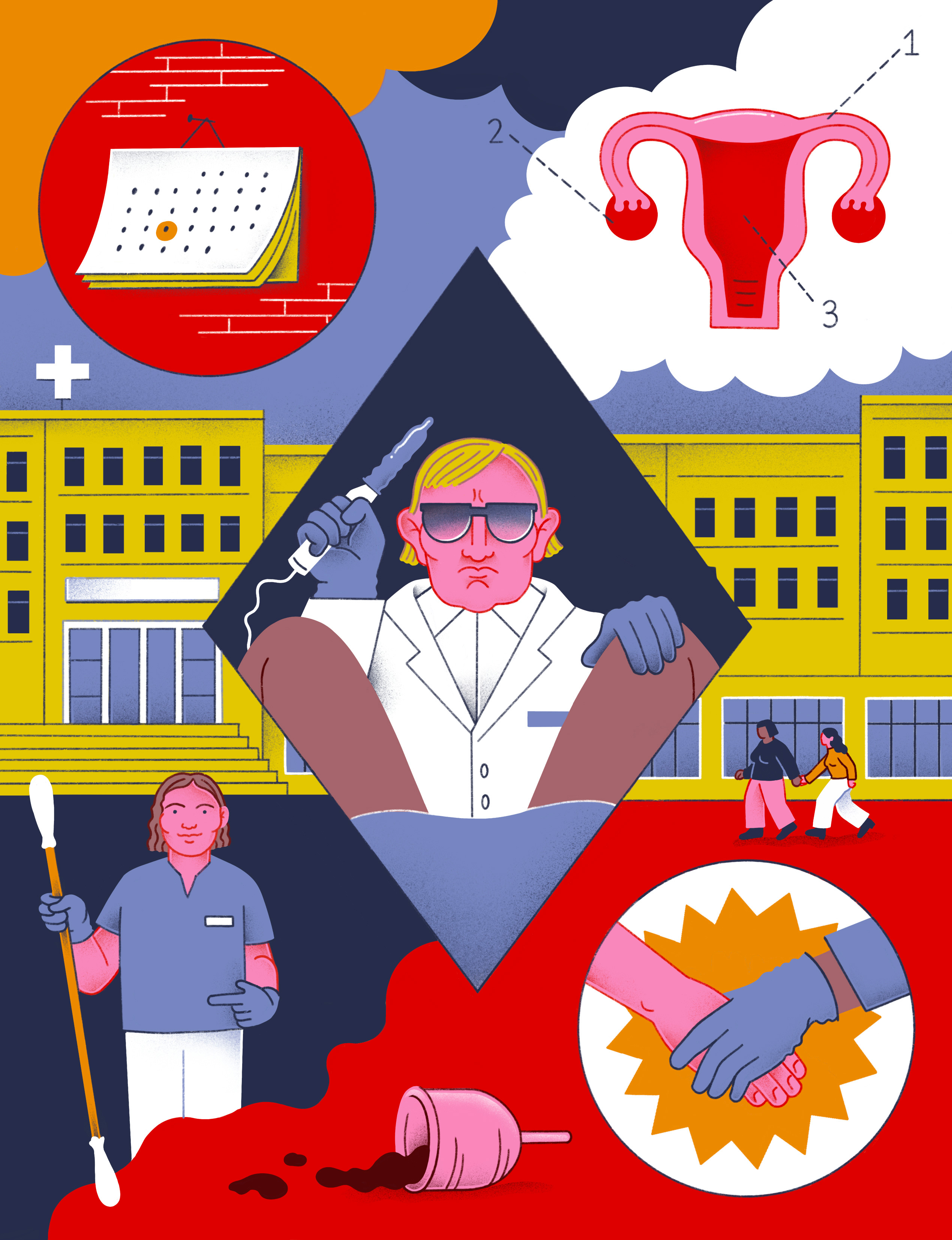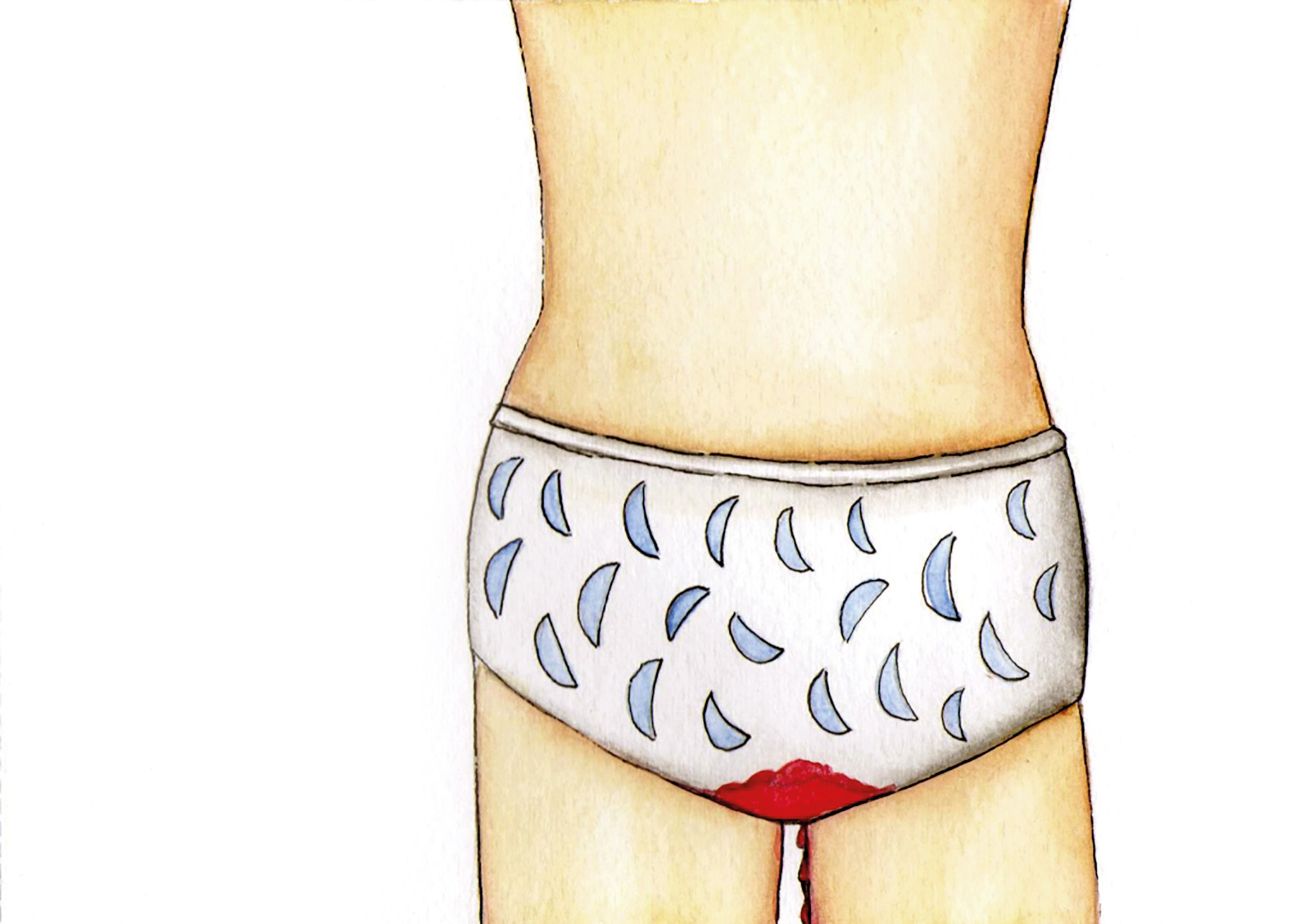“To end the suffering for many women from the normalization of endometriosis it is necessary to make it known”
- Francisco Carmona (Jaen, Spain, 1959) is responsible for the Gynecology and Obstetrics section of the Hospital Clínic of Barcelona and president of the Society of Endometriosis and Uterine Disorders. Endometriosis in 2021. The guide to understanding what it is and how to take care of yourself (Endometriosis. He published a guide to knowledge and surveillance, the editorial Grijalbo).
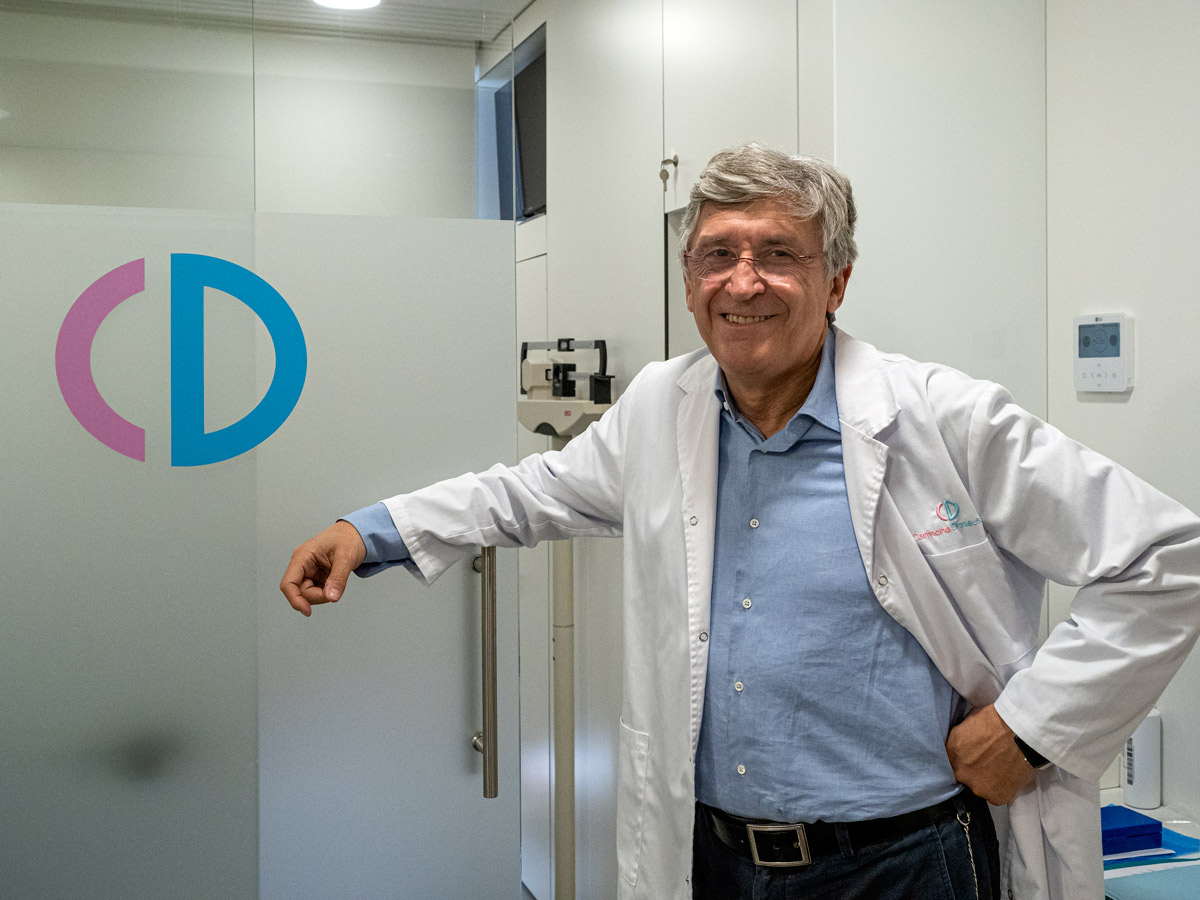
March 15 is International Endometriosis Day. What exactly is this disease? It is a chronic disease of unknown origin. Basically, to somehow understand it, to patients with endometriosis the endometrium grows out of place. The endometrium is a
mucosa that covers the uterus and when it is outside the uterus it produces inflammation and adhesion. It's painful.
We have internalized pain during menstruation, but to what extent is endometriosis frequent and disturbing? Menstruation should not cause more
discomfort than a mild discomfort, and if a doctor commits otherwise you should change your professional as quickly as possible. Let me give you an example: on a scale of 0 to 10, less than 0 min and more than 10, you would have to study and explore everything above 3, to know why and seek treatment.
In Spain it is one in ten women of childbearing age. According to the data, women with endometriosis are more than women with diabetes or asthma. But it's still unknown. Why? Talk about menstruation if taboo, talk about menstrual pain even more. But the rupture of the endometriosis tobacco is fundamental, as it is the only way to reduce the impact on the lives of so many women.
What are
the symptoms of endometriosis? I would highlight two. On the one hand, pain. Almost all people with disease suffer from it: at first it is like menstruation, but then it becomes more violent and extends over time beyond menstruation, for example, until it becomes chronic in ovulation and sexual intercourse. Another common symptom is that nearly four out of ten affected have difficulty getting pregnant.
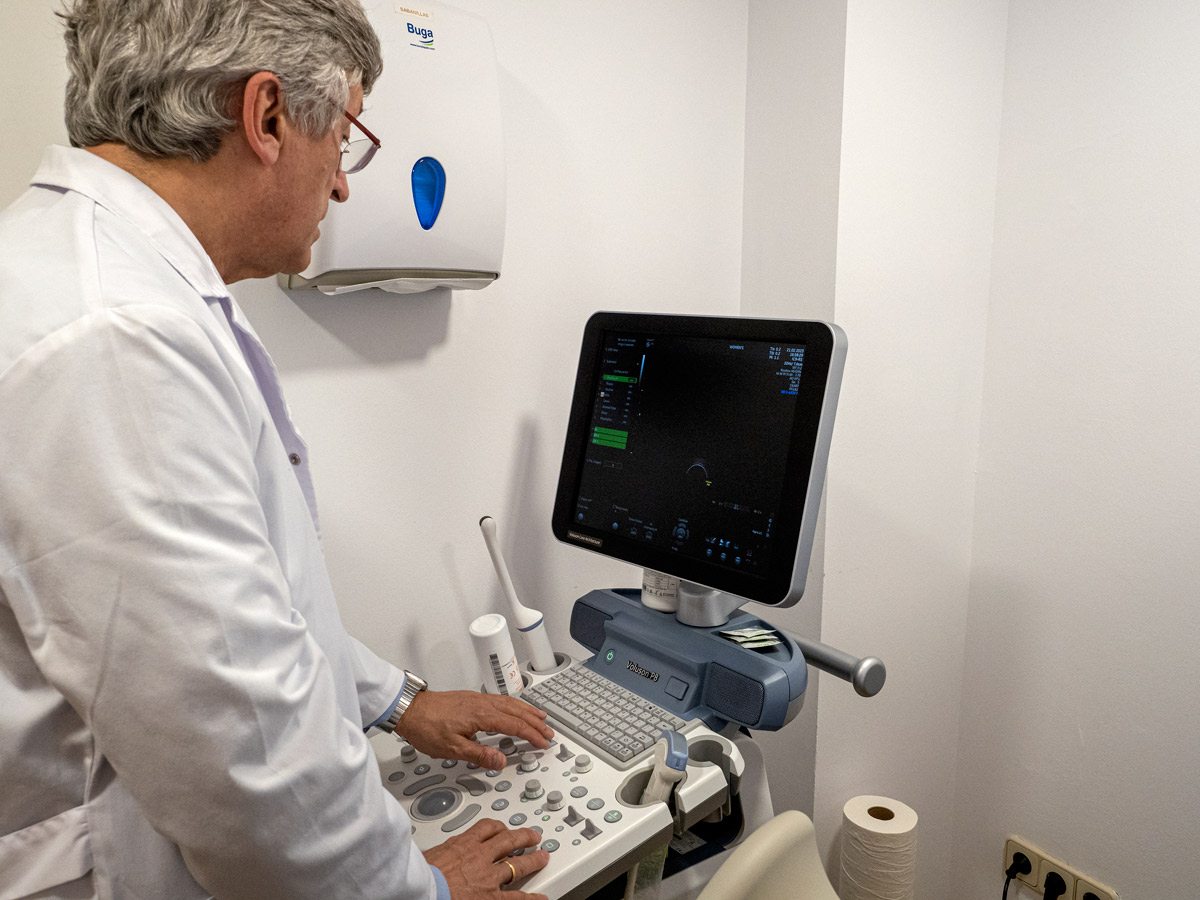
Does it affect mental health? Of course. The problem is that the symptoms of many women who have a disease for a long time normalize and cancel out. They
are used to saying that the symptoms are either imagined or not so much. We cannot forget that an average of ten years elapsed between the onset of symptoms and the diagnosis. It is serious, and all this causes anxiety, depression and other mental health damage.
Why is early detection of the disease important? Because it is the only way for the woman to start on time and change the course of the disease. Early detection allows avoiding adherence, damage to other organs or fertility problems and chronic pain. In short, we would be able to improve the
lives of women.
In this sense, many women with endometriosis report their forgetfulness as women in the health system. Endometriosis is a clear example of a dominant gender trend in the health system. The causes of the disease are probably social. And, of course, the androcentric view prevailing in society influences directly: doctors as part of society have the same
deficiencies.
If mental health is tobacco, plus women. Does the public health system adequately meet the needs of these women with endometriosis? Under no circumstances. Women's mental health care is scarce and scarce. Many professionals are not well trained and there is no support.
And what is the treatment for patients with endometrium? There are no curative treatments, that is so, but the proper use of
hormonal and surgical treatments favors, for example, the practice of techniques of reproduction support and lifestyle changes. This allows women with disease to have a normal and happy life. However, it is essential to develop a roadmap adapted to the needs of each woman.
"It is essential to develop a roadmap adapted to the needs of each woman"
With the new Abortion Act, workers with monthly periods will
be entitled to a three-day sick leave. What do you think? I think that is certainly an appropriate measure, but it is too small. As for endometriosis, not only are work absences required, but it is essential to try to know the causes of the disease and find the right solution. Research is essential to find curative treatments.
What is the most important challenge of endometriosis to act urgently? On the one hand, early detection from the medical point of view, and on the other hand, the possibility of knowing the origin of the disease to find curative treatments. But there are also important challenges in society: endometriosis must be
made known to end the suffering that normalization affects many women.
Endometriosis specialist
"I remember the first woman who treated her with endometriosis, I think it was 1996: she had a deep endometriosis and was intervened by the doctors of my service. Two years later, when I was in the General Gynecology outpatient clinic, I visited him again. Although he had surgery, he was the same. His case interested me about the disease. Since then I have tried to reach as many women as possible to inform them about the disease and give them the answers they need. So I decided to write the book in 2021: I wanted to explain simply all the information I had about the disease."
Imagine that in some association of this kind, a newly incorporated girl naively proposes to put herself in the bathroom, just like the toilet paper, pads or tampax. And that the member who takes care of toilet paper is totally affected by the question of whether the compress... [+]
Odola dario literaturari artikuluan euskal literaturan hilekoak bete izan duen tokiari erreparatu genion, aztertzeko nola irudikatua izan den. Artikulu haren segida da honakoa, baina fokua pixka bat zabalduta: testuaz gain irudiak ere barne hartzen dituzten lanei erreparatuko... [+]
- You come, aunt? “The swimsuit in the dress asked me and the floats with flowers in their arms.
- Yeah. I have to spend some time in the bathroom and I kindly answer him.
- I'll help you! “We went up the stairs.
I got the dress. Blur. Sit down the toilet. My nephew... [+]












